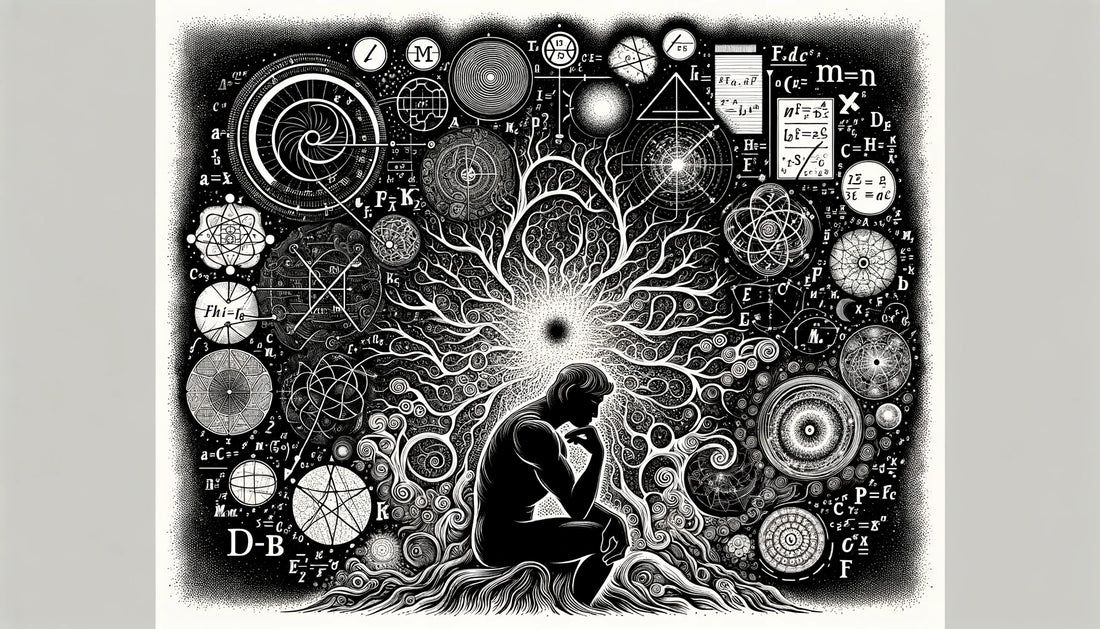Math is a visual language that uses various symbols to articulate thoughts to those who understand it. Much like human languages, math has numerous branches, making it challenging even for geniuses to master every type of problem. It serves as a complex tool to explain intricate structures of thought.
Math demands a significant amount of philosophy to create rules, manipulate logic, and solve problems.
Consider the equation \(E = mc^2\). This wasn't merely a mathematical problem devised by a genius. It was the result of a thought process and a philosophy that needed to be expressed in mathematical terms. The math validates the philosophy until a new collective understanding potentially overrides it. Philosophy is therefore partially untrue because there will always be an evolving philosophy as human consciousness matures and develops collectively.
If our philosophies are imperfect and subject to revision, so is all of our math and certainly all of our modern physics. This doesn’t mean that certain physical concepts that every physicist agrees on aren’t the best and highest truth, but only in this moment in history. Every physicist knows the history of many great theories that took centuries to unravel, but when they did, they revolutionized our understanding.
This can be confusing. Albert Einstein’s equations about energy being equivalent to mass explain certain aspects of the universe, making them true. However, they don’t explain everything, which means there are other truths about the universe. One day, someone will unify concepts in general and special relativity and make them work for quantum physics, the study of very small things. Eventually, people will discover what gravity is made of at the smallest level. When that happens, a new mystery will emerge, and this cycle will continue indefinitely because the universe is vast and its mysteries are profound.
The universe appears to have begun with the Big Bang. According to the laws of reciprocity, which dictate that everything has an equal and opposite reaction, there must be a point where all matter contracts inward. However, this might not necessarily happen in reverse; it could be part of a cyclical pattern similar to the breathing of living creatures. The cycle of inhalation and exhalation on a microscopic scale mirrors the universe's expansion and contraction over trillions of years. This process could continue indefinitely, with the universe being reborn repeatedly over unimaginable spans of time. Our minds are not capable of comprehending these vast timescales, but the repeating patterns, like fractals, are evident. Everything small resembles the large, adhering to the same blueprint and design, suggesting that careful observation can reveal these universal patterns.
